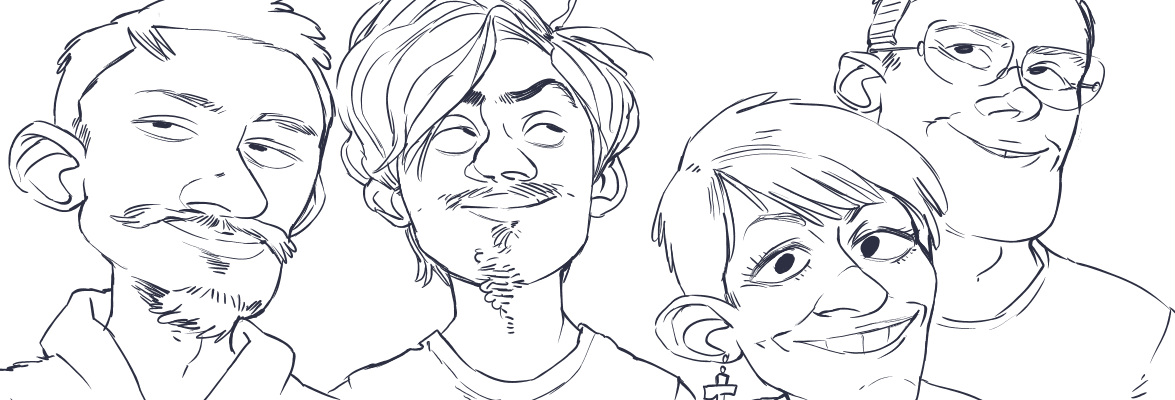Yo.
The Legend of Zelda series has always been my favorite video game series, but I recently had a lapse in faith: I began to doubt their right to that esteemed position. Other bigger, shinier, (and seemingly more complex) games have come to my attention, such as Mass Effect and Fable, and have very nearly managed to alter an opinion I’ve had since I was 7.
Not without good reason, of course: Mass Effect in particular is an amazing game series, and I wouldn’t be exaggerating if I said that it’s a breakthrough in gaming. However, it should not take precedence over Zelda.
I was in a crisis of faith; I needed someone to remind me why I love the Zelda series so much.
That’s when I found these two articles, God be praised:
Don’t read them yet: they’re MASSIVE.
The first article, Immortal Childhood, written by a college student code-named Hylian Dan, explores the secret philosophy behind four of the games in the series: Link’s Awakening (for the Gameboy), Ocarina of Time (for the Nintendo 64), Majora’s Mask (a direct sequel), and The Wind Waker(for the Nintendo Gamecube).
In his opinion, those four games are an allegory for learning how to mature and how to deal with death, although he spends most of the article discussing Majora’s Mask in particular. This is not without good reason: MM is easily the most morbid and mysterious game in the series.
In fact, the second article (as you might have guessed) is entirely devoted to the game: The Message of Majora’s Mask, also written by Hylian Dan (I officially love this guy) delves not only into the hidden meaning of the game, but also into the rich subtext of its story.
WARNING: you will probably only understand what he is (and I am) talking about if you’re a Zelda fan or you’ve played MM.
Mr. Dan’s summarised theory is that the Stone Tower Temple (the fourth and final level of the game) is the Zelda equivalent of the Biblical Tower of Babel, and that it was built by the Terminians as a “middle finger” to the Goddesses, who punished them by dooming Termina (like “terminate,” get it?). He also explores the idea that MM’s central theme is about faith: faith in God, faith in your friends, etc.
Another fair warning, though: some of his article is a little obscene.
He does a truly amazing job (even if it’s all just a theory), but the article has one failing point:
It has no pictures.
By that I mean he obviously intended for there to be pictures, but for some reason or another, they no longer appear in the article. This is a terrible shame, since the images would no doubt help prove his theory, but whatever.
Anyway, I needed these articles. They’re actually pretty old now, but I only first heard of them yesterday (yet another sign that my faith in Zelda has been lax!).
So, if you’re a fan who, like me, hasn’t yet read Hylian Dan’s genius writing, check these out. Here are the links (no pun intended) again:
Immortal Childhood: the Philosophy of the Legend of Zelda series,
The Message of Majora’s Mask: a Theory on the nature of the Stone Tower, Majora itself, and the theme of the game.
Oh, and I’m sorry about the whole “two Zelda posts in a row” thing. My next post won’t anything to do with Zelda. Probably. Signing off!

Permalink
While Mass Effect and Zelda both provide excellent gaming, ME is like playing inside a story and Zelda is like playing inside a dream. Fable, unfortunately, is like neither of these experiences (even though it should have been), which is why I consider it a lesser game. Each iteration of Zelda is a different kind of dream (with MM being a nightmare!). I know some people complained at the look of Wind Waker and its cartoony style, but it presents a beautiful dream of one kind of Link. Twilight Princess, which you don’t discuss, is an interesting mix of nightmare and pleasant dream. I wonder how much of the “nightmare” will be incorporated into the newest Zelda . . .